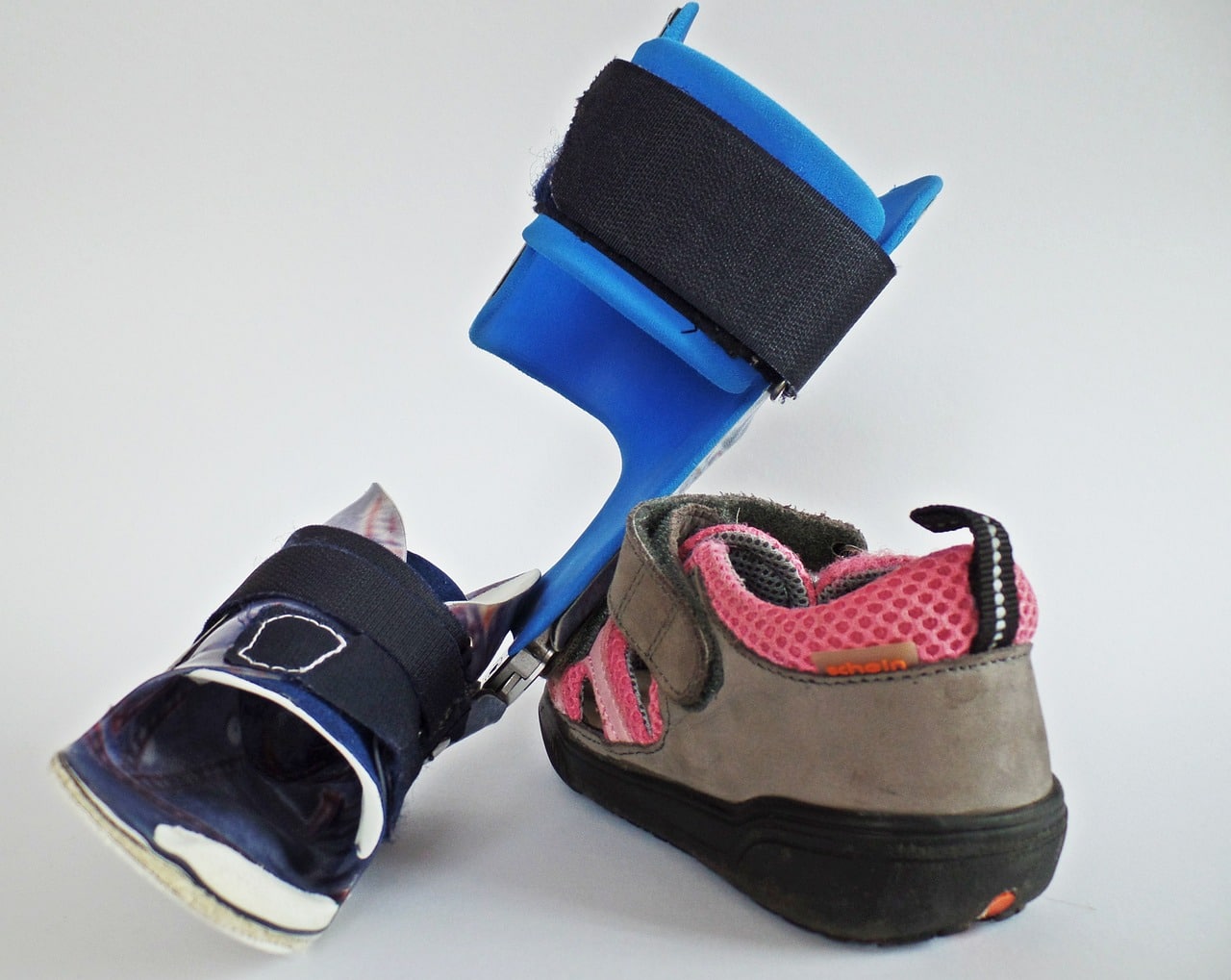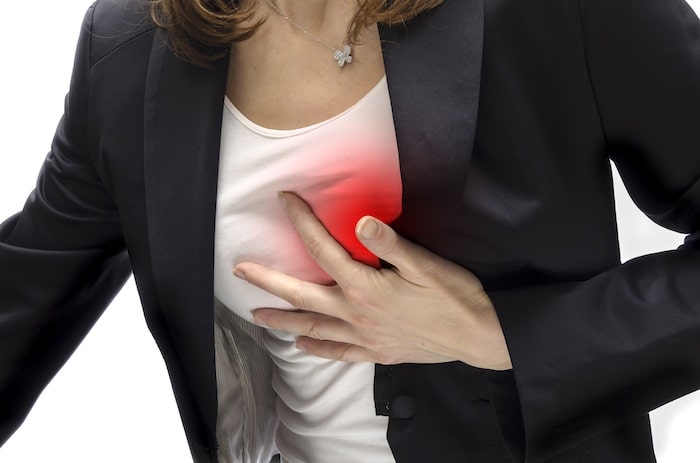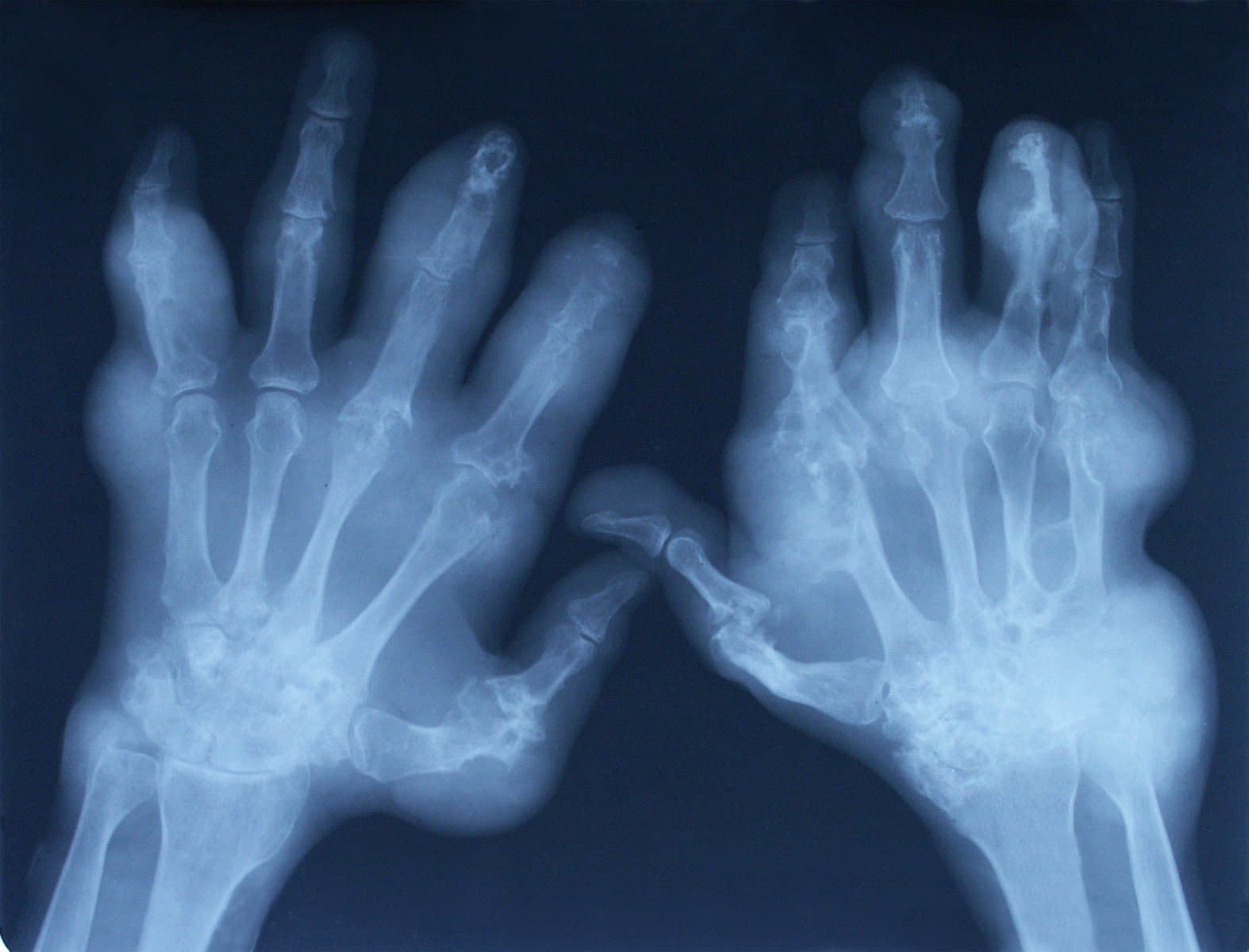How to Recognize the Early Signs of Dementia and What to Do

Dementia needs to be discussed constantly because it is such a ubiquitous part of people’s lives around the globe. Each of us knows at least someone who had to deal with a family member struck by this illness, and if you are truly unlucky, you have dealt with it head on – with one of your parents or both. Recognizing the early signs of dementia can be quite hard because it tends to be a matter of nuance, so if you have your doubts about your parent’s cognitive makeup, here’s how to recognize the early signs of dementia and what to do. Dementia is not Alzheimer’s disease Dementia is a syndrome that manifests due to a disease. Alzheimer’s disease is just one of the numerous maladies that can cause dementia. Interestingly enough, many people tend to equate these two terms as the same thing. Still, before you start to identify the symptoms of dementia, you need to be aware of this difference so you would not misdiagnose someone who can be blindsided by such information. Look at how to deal with dementia and Alzheimer’s patient effectively. What are the symptoms? Dementia tends to begin with memory problems, but don’t jump […]
» Read more



